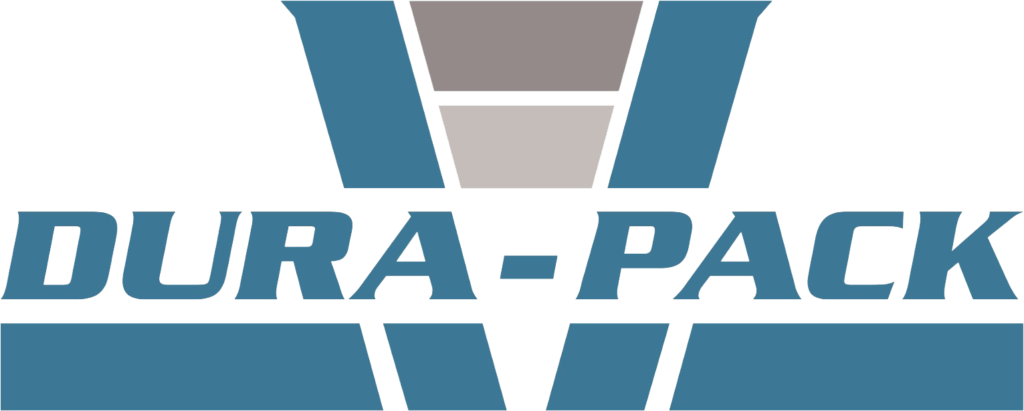Plastic Pollution is a huge problem in the world, not only do humans suffer from it but animals do as well. It is most visible in Asian African countries where garbage systems are often inefficient or non-existent. From coastal nations, about 8 million tons of plastic waste are dumped into the ocean each year. Since 1950, the volume of production has grown exponentially, from 2.3 million tons to 448 million tons by 2015. It is predicted that the production will double by 2050.
Since plastic was produced in small quantities from the 1950s to the 1970s, plastic waste was relatively manageable. By the 1990s, plastic waste generation had more than tripled in two decades, following a similar rise in plastic production. During the early 2000s, our plastic waste production grew more rapidly in a decade than it had for 40 years previously. Today, we generate roughly 400 million tons of plastic waste annually. The weight of the entire human population is nearly equal to that.
The main cause is negligence. It is estimated that 80% of marine litter comes from land. Waste from households is a primary pollutant, since it’s either not recycled, dumped in landfills, or left to rot. Natural disasters, such as floods, also pose a threat to plastic pollution. Furthermore 40% of the plastics we use are discarded after one use. Bags, bottles, trays, and food packaging are among the billions of items we use every year. It’s everywhere in supermarkets. Packaging is sometimes left behind as litter by careless people. In other places, however, there are no waste collection systems, so people can’t do anything else. No matter how much most people try to reduce single-use plastic, it still enters the environment, being one of the biggest contributors to plastic pollution.
After being named the world’s top plastic polluters for the third consecutive year, Coca-Cola, PepsiCo, and Nestlé have been accused of making “zero progress” on reducing plastic waste. In its annual report, Break Free from Plastic ranked Coca-Cola as the world’s top plastic polluter, since its beverage bottles are the most frequently found littered on beaches, rivers, parks, and other places. It was the most littered bottle in 37 countries out of 51 surveyed last year. It was twice as bad as PepsiCo and Nestlé combined: Coca-Cola’s brand was found on 13,834 pieces of plastic, PepsiCo’s brand on 5,155 pieces, and Nestlé’s brand on 8,633. Earlier this year, Coca-Cola came under fire from environmental activists when it announced that it would not abandon plastic bottles because the customers loved them.
The solution I propose would be to stop using plastic bags as much as possible and to switch to reusable bags instead. Furthermore, I believe that companies should stop producing plastic. There is hope to stop plastic pollution, but we must work together to make it happen. In addition, if our leaders fail to fight plastic pollution with us, we have the power to choose our leaders who will help our world become a better place. The scope and effects of plastic pollution are too vast to be captured in a few commentaries. We should also invest in companies that collect garbage from the oceans. It is a viable solution because we possess the power to stop more plastic pollution. With these solutions our environment will have a change for better, it’s a long battle to get there but we must change the way we live and think about the millions of animals that suffer from this issue every year.
In conclusion, plastic pollution is a big problem around the world. We are responsible for it and we must fix it before plastic overwhelms the ocean. There is a possibility that it could affect the future seriously if we don’t figure it out.
Essay by: Fatimah Jawwad Hussain
Arizona State University
